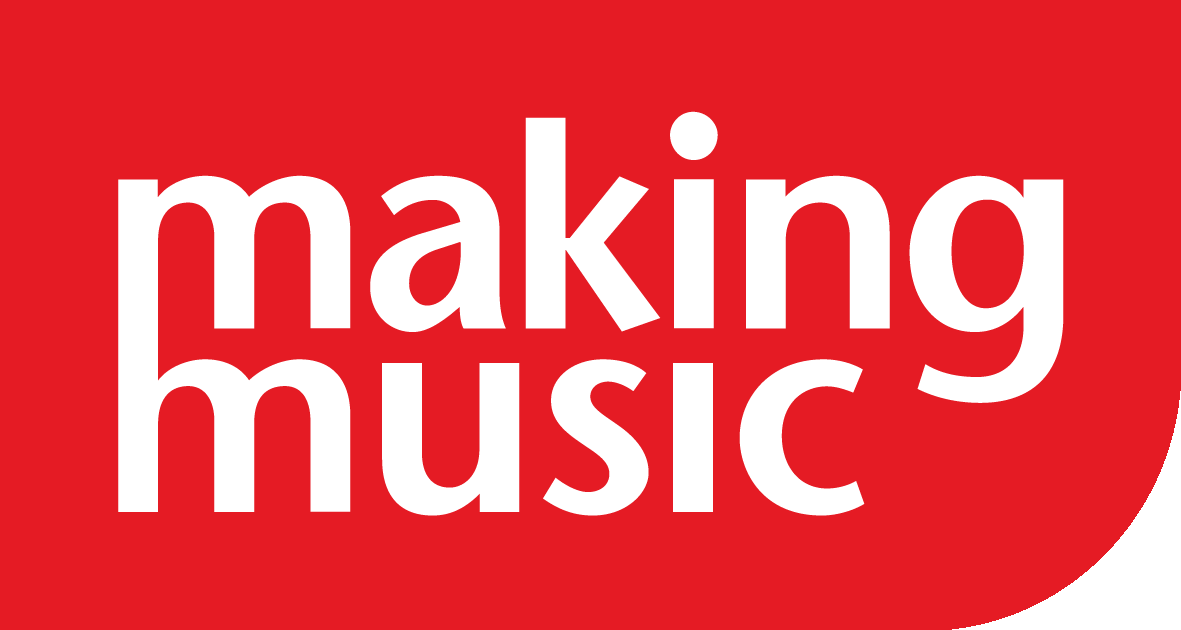Corporate member blog: protect your ears now to save your hearing later
Jono Heale, Director of ACS Custom and bassist, highlights the problems around hearing loss for leisure-time musicians and what you can do to keep your ears safe.
The subject of hearing conservation in the Music Industry, Education and even the amateur music making sector sometimes is not given the attention it deserves. As we may well know, exposure to loud music for long periods of time is a serious concern and a hazard not to be taken lightly.
Damage to your hearing can manifest itself in two ways. If you perceive a ringing or whistling sound in your head, that’s called Tinnitus. Not being able to hear music properly or conversations with friends is noise induced hearing loss. Both conditions can become permanent, which for a musician can be life changing.
Wearing earplugs in any music environment has to some extent seemed taboo. However, more recently the next generation of music lovers and makers do seem to be more aware of the danger.
As a former bassist and having worked on music events and festivals, my hearing became permanently damaged from rehearsing and performing with no hearing protection. I now suffer from music-induced hearing loss and tinnitus. Even playing in an orchestra, brass or pipe band you can be exposed to sound levels this high, which over time could become a problem.
George Odam, former Emeritus Professor at Bath Spa University and Fellow of the Guildhall School undertook a research project inquiring into the health of music students. After a one-year pilot study, statistics showed that 26% of students had tinnitus and 17% had hearing loss. A survey from charity Help Musicians UK shows that as a musician you could be 3.5 times more likely to damage your hearing and 1.5 times more likely to develop Tinnitus than the rest of the general population.
It’s also sad to talk to some young musicians who say they already have problems with their hearing, which could also be due to recreational listening habits and the use of portable music devices – another developing social issue.
However, there are things you can do, and in order to prevent hearing damage, you need to be aware of the impact of two crucial factors: The sound level and your exposure time.
The volume of sound is measured by its energy or loudness in decibels (dB), and it’s important to realise that dB is a logarithmic measurement (a scale of magnitude as opposed to a linear scale). So, a 3dB increase in sound level is twice as loud. If the volume is twice as loud then you should halve your exposure time. Lightly-played acoustic drums can be approximately 94dB (A). Your safe exposure time at this volume is approximately one hour. If you increase the sound level by 3dB to 97dB (A) then your safe exposure is now approximately 30 minutes.
Wearing earplugs in any music environment has to some extent seemed taboo. However, more recently the next generation of music lovers and makers do seem to be more aware of the danger. Important work has been done on raising awareness by the World Health Organisation, Help Musicians UK, the British Tinnitus Association and dedicated hearing protection manufacturers like ACS Custom.
There are many different earplugs on the market, and you should buy the best that you can afford – your hearing is irreplaceable after all! What you need is attenuating or filter type hearing protection – that is earplugs that turn the music down for your ears so you can increase your loud music exposure time. I call these attenuating earplugs ‘ambient hearing protection’. You can still hear and feel the music and they won’t spoil your enjoyment of the sound – music without the muffle, which you can get with other types of earplugs.
There are many different earplugs on the market, and you should buy the best that you can afford – your hearing is irreplaceable after all!
Universal fit earplugs are great as an off-the-shelf, cost effective solution but if you are serious about sound then custom fit earplugs are the way to go. Everybody’s ears are different shapes and sizes and custom-moulded earplugs fit your ears perfectly, forming a seal that will not allow any excess sound through.
ACS has a range of high-fidelity hearing protection suitable for all musical environments from orchestras to samba bands, available to Making Music members at a discounted rate. Hearing conservation is not mandatory in the music education curriculum, which personally I think is shocking. But times, they are a-changin’ – and we, with the support of all those facilitating music making, must raise awareness about hearing conservation so that musicians can play safe now and still hear tomorrow.
Find out more about protecting your hearing in our resources pages and access to Making Music member discounts on ACS earplugs.
To check decibel levels you can use apps such as SPLnFFT Noise Meter or NIOSH Sound Level Meter, or purchase your own Type2 dB Meter.
For more info on safe exposure times and high-fidelity hearing protection go to www.acscustom.com/uk/ or contact education@acscustom.com, 01295 266665.

